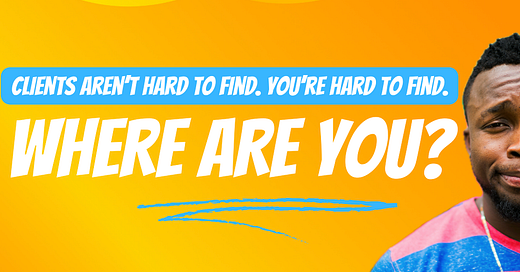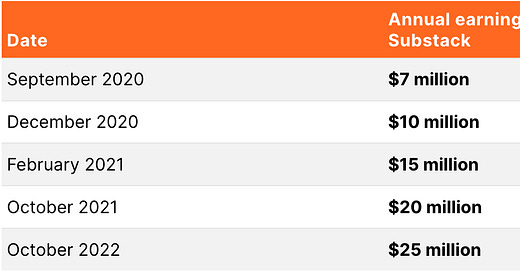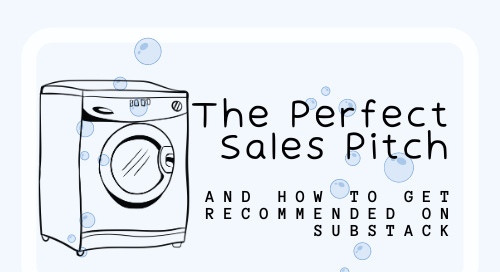

Discover more from Smarter Solopreneurs
Building an audience seems more difficult than it is.
If you’re in a room full of your ideal readers/clients, it wouldn’t feel that way, right?
So where is that room full of exactly the people you’re targeting?
Now that you’ve chosen your audience, let’s talk about where you can find them (and where they can find you).
“Clients aren’t hard to find. You’re hard to find.” — Maya Sayvanova (I don’t normally quote myself, but I just love this one)
Here’s what you need to do to discover your people.
Find the 2 key online platforms where your audience is.
Become an expert in those two platforms. What are their best features? What do the most popular people on these platforms do?
Focus on these platforms for a few months and make the best of them.
Then, you can add another platform to the mix and test its results.
Find any industry-specific secrets. Where do corporations look for freelancers? Where do businesses look for software?
Find opportunities for crisscrossing audiences. Example: I could go talk on a podcast for single mothers and teach them how to create additional income streams with minimum effort. My audience isn’t all single mothers, but there’s an opportunity there.
In the next part, I’ll show you how to find the best (online) rooms for what you have to offer.
How to be in all the right places?
Create a demographic & psychographic profile of your audience.
Think about your audience and try to understand them better.
If your audience spans different demographics, think about your ideal clients.
Example: Maybe you can help anyone with social media, but how would you describe most of the clients you’re getting (or the clients you want to work with)? How old, where are they on their business journey, what do they want, what do they like to do in their free time?
In terms of psychographics, what do they believe? How do they feel most of the day? What makes them happy? What makes them anxious or sad?
Knowing these things will help you not just find your audience, but speak with then in a powerful way.
Research social media platforms and their audiences.
If you want to reach over 40s who don’t exercise, I’d go with LinkedIn.
If you want to reach young learners, I’d go with TikTok.
You can find more information about the demographics of different social media platforms here.
Additionally, you want to think about platforms like Substack, Medium or Discord. They aren’t exactly social media platforms, but they attract a lot of specific types of people.
Note: You must enjoy the platform where you’ll be creating content. If you don’t like the platforms where your audience hangs out, consider outsourcing content creation to a freelancer. However, be actively involved in the process so you can learn what works and build your business around it.
Find specifics.
If you’re a freelancer who wants to work with corporations, you must learn how to work with recruitment agencies. Corporations use recruitment agencies both for full-time and part-time opportunities.
If you’re building software, you must list it on platforms like AppSumo and TrustPilot.
In every industry, there are specifics that you can only find by going deep.
Answer these questions: What do your competitors do? How do they get their clients/subscribers? Is that strategy right for you?
Start small.
Consistency is the name of the game.
Don’t overdo it by trying to be in too many places and burning out.
Start with two platforms. Develop your strategy. Get used to your schedule. Do the best you can on those two platforms, then add another one to the mix.
Did you like this?
I’m trying a new format for the One-Person Business Success newsletter: 3–4 short posts per week, instead of 2 long posts per week.
Every week will have a theme. This week’s theme is how to build an audience from scratch.
If you found this post helpful, please, restack it so more people can see it.
Thank you for supporting One-Person Business Success ❤
Subscribe to Smarter Solopreneurs
Weekly sell-ready offers. Each week, a new offer that you can launch and start selling online (even as a beginner) + The Solopreneur University: the leading source of information on solopreneurship. Written by a 6-figure solopreneur.
















